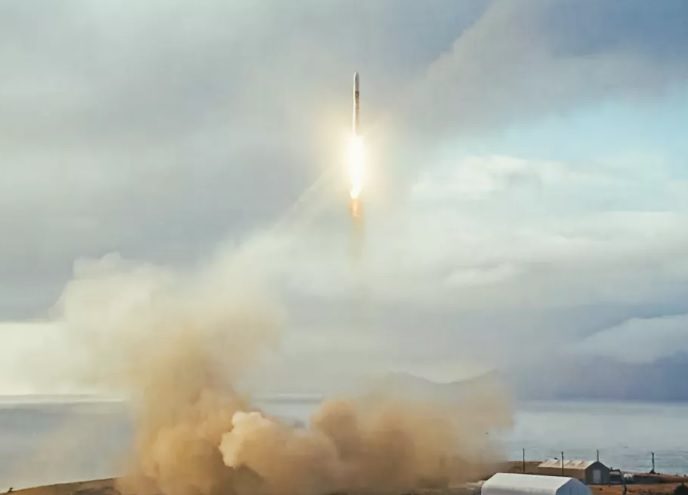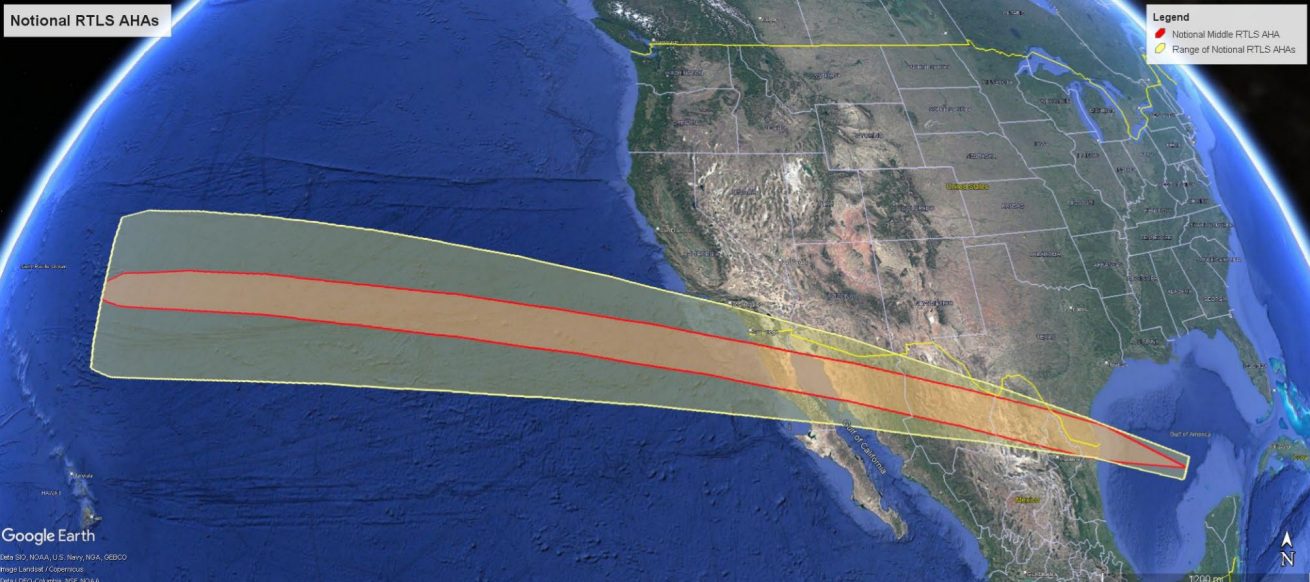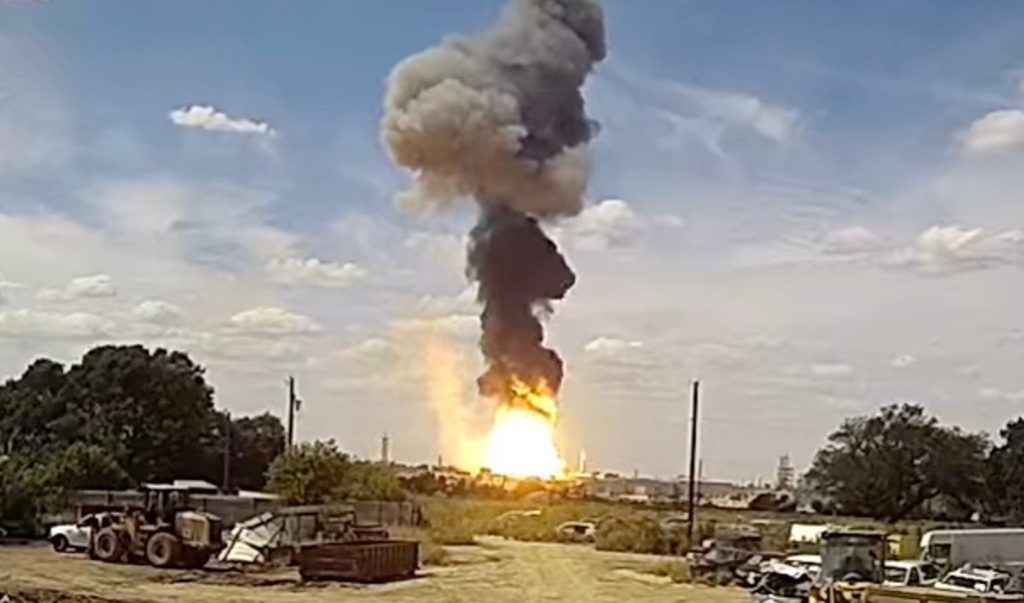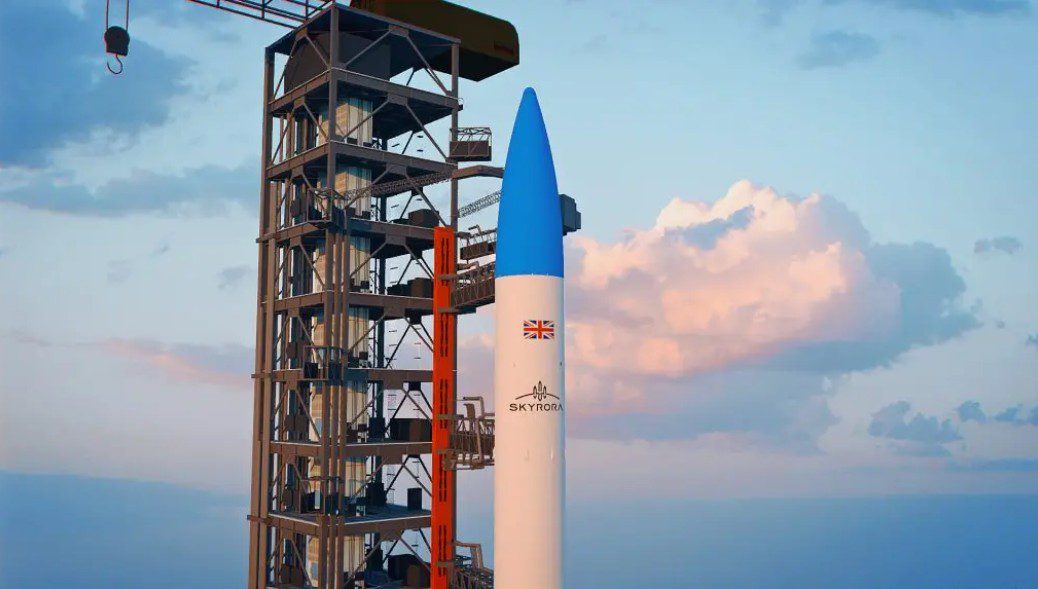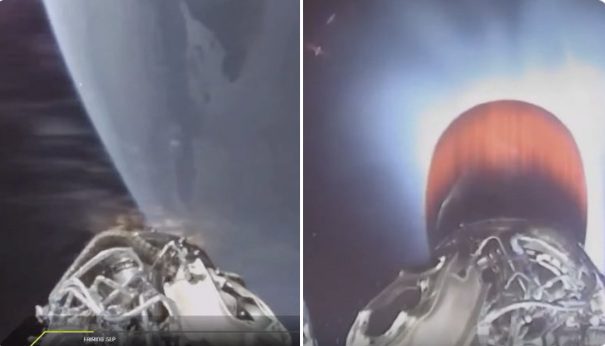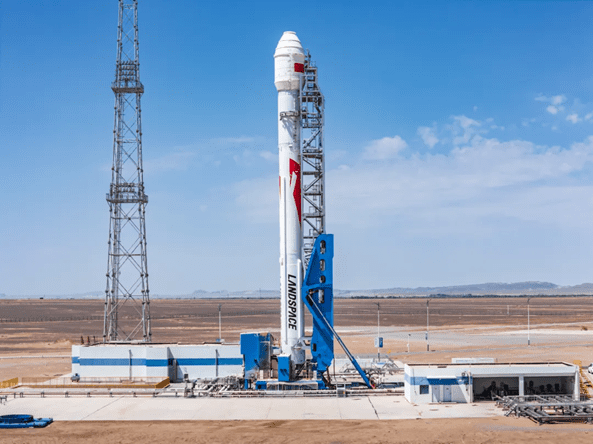After a series of launch aborts and technical delays, ABL Space Systems perhaps had its own portents of doom when it decided not to live-webcast the maiden launch of its two-stage LOX (liquid oxygen)/kerosene powered RS-1 rocket. Instead, the US rocket maker and operator released an image of the first launch of its RS-1 launch vehicle, which gave zero indication that the launch ended in total failure.
The launch, from Kodiak Island, Alaska, took place at 2327 GMT on 10 January. After successfully lifting off the pad, the flight went well for several seconds. However, at 10.87s after lift-off, the first stage suffered a power cut and due to all valves being deenergised in shut condition all nine E2 engines were simultaneously shut down. Two seconds later the rocket began to fall back onto itself resulting in RS1 impacting the Earth very near to the launch pad (circa 20 m distant) with the resulting explosion extensive damage to the launch facility including the pad and a nearby hangar. Temperature readings during the flight and evidence afterwards appears to indicate a fire on board the stage in an aft cavity a few seconds after lift-off. The satellites that were lost were a pair of 6U cubesat class satellites (Varisats 1A and 1B) to test a communications payload built by OmniTeq (formerly L2 Aerospace) and to test a new OmniTeq satellite deployer on the rocket.
The 27 m tall two-stage RS-1 rocket carries nine E2 engines on the first stage and a single vacuum specific E2 engine on the second stage. The rocket can carry up to 1,350 kg to low Earth orbit.
Comment by David Todd: Traditionally maiden flights have a high failure rate. Seradata keeps a special record of maiden and early flights of new rockets on its launch and satellite database. This indicates that for brand new rockets (ones with two or more different stages from its predecessors), the failure rate is in excess of 40 per cent.

